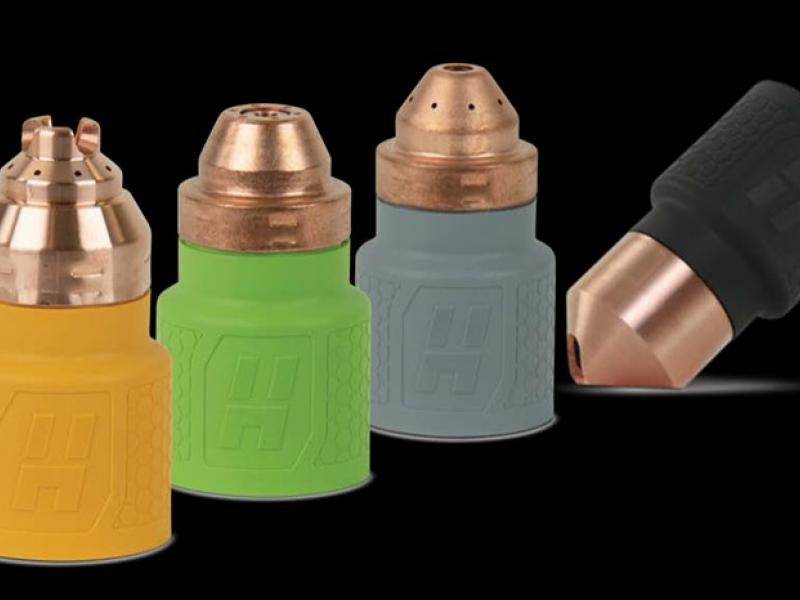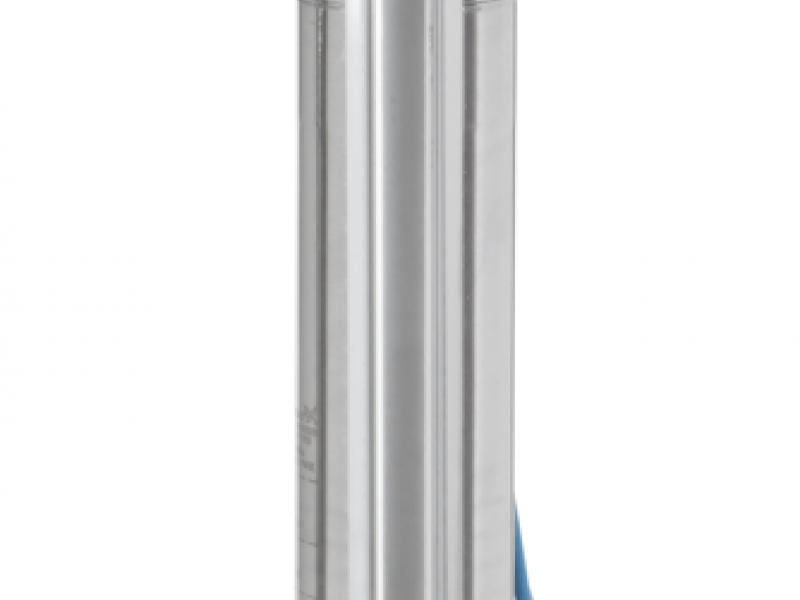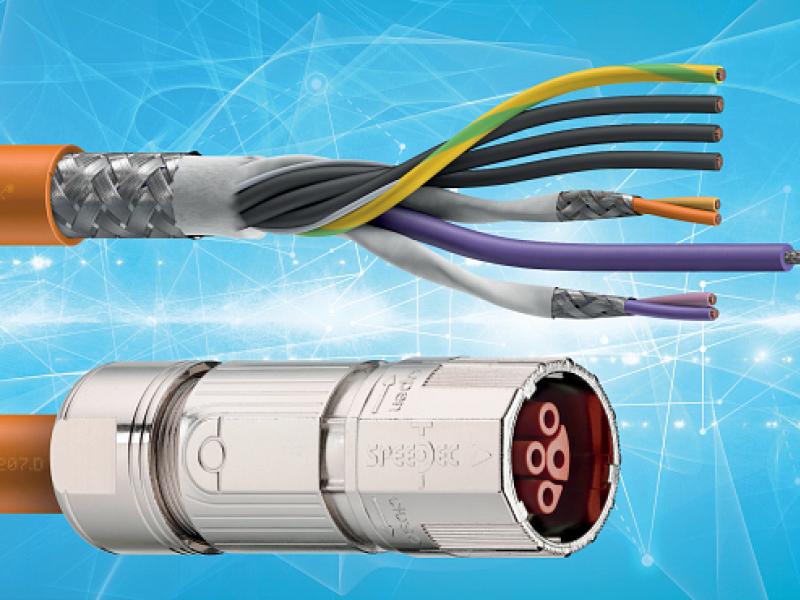The more a plant runs, the more efficient it is. That is, of course, until it breaks down.
Different operating philosophies can be applied to running any operation. Traditionally it was common to take the machine out of service on a regular basis, service it, and then put it back into operation but more recently that has been seen as potentially wasteful, because there might not actually be anything that needs doing, yet the production time will never be regained.
The technology to predict what could go wrong has never been better than it is today, so there is every reason to run machines as much as possible and only stop to maintain them based on the condition they find themselves in.
Estimates vary, but it generally accepted that at least 70 percent of all hydraulic failures and up to 45 percent of all bearing failures are caused by oil contamination. So, it certainly makes sense to monitor the condition of the oil in any system.
Two major factors determine the condition of the oil; how much water it contains and the extent of solid particle contamination.
What are the consequences of water in oil? Once any water molecules dissolved in oil exceed saturation of the oil, the water will exist as droplets in emulsion, then eventually free water. It is these latter two stages that can cause the most harm through corrosion, and the incompressibility of water which leads to wear. Water will cause the viscosity of the oil to deteriorate and will react chemically with the oil thereby having a detrimental impact on its lubricating properties. In addition, water will lead to ageing (oxidation) of the oil. The end result will be cavitation of pumps, and poor filterability, leading to a reduction in filter service intervals, and overall a reduction in machine availability.
When it comes to detecting the amount of water in the oil, ifm electronic Ltd offers and ideal solutions with their LDH. The LDH is a sensor designed to measure the relative water content in the oil in the range of 0 to 100 percent by means of a capacitive measuring element and to provide this as a proportional 4 to 20mA signal.
To break that down a bit: At
0 percent the oil is absolutely “dry”, and the output signal level oud be 4mA. At 100 percent the medium is completely saturated, and this would be signalled by 20mA. No more water can then be dissolved so it is present as free water, which causes a cloudy appearance. The water molecules are no longer in the gas phase but they are present in the oil in liquid form. The LDH100 sensor measures in the gas molecule phase.
The great advantage of this is that countermeasures can be taken long before free water is formed.
Besides the relative water content the sensor also measures the oil temperature as a 4 to 20mA signal between -20°C and +120°C, and it will operate up to a system pressure of 50 bar.
So, that is the water problems solved, but what about solid particles?
The presence of solid contaminant particles in the oil interferes with the ability of the fluid to lubricate and causes wear to the components. The extent of contamination in the fluid has a direct bearing on the performance and reliability of the system and it is necessary to control solid contaminant particles to levels that are considered appropriate for the system concerned. Heavily contaminated oil can reduce the power by as much as 15-20 percent, slowing machine response and taking longer to perform an operation.
Remembering that at least 70 percent of all hydraulic failures are caused by oil contamination, what is the cure? Filters can be used, and they are valuable, but the system needs to be turned off to check or change them. Again, the solution can be found in the product range of ifm electronic Ltd with the LDP particle count monitor.
Oil cleanliness is standardised under ISO 4406, and the LDP monitors to this this standard, meaning that particle sizes of 4 µm, 6 µm, 14 µm & 21 µm are detected and reported. The optical technology deep with the LDP detects any particles and provides the information in the form of analogue, digital or
CAN outputs.
The LDP is designed to take the pressure, too, with a dynamic rating of 420 bar and a static rating up to 600 bar.
So, keeping plant running at its most efficient is a worthy aim, but only possible with the right equipment. The right equipment, and advice, comes from the right supplier: ifm electronic Ltd, says the company. ifm electronic is committed to working closely with its customers and develops products which precisely match their needs, it promises. The company provides expert, readily accessible technical support to help users maximise the benefits they gain from ifm electronic products.
Details, ifm NZ support:
Ph. 0800 289 436,
Email sales.nz@ifm.com
www.ifm.com/nz






